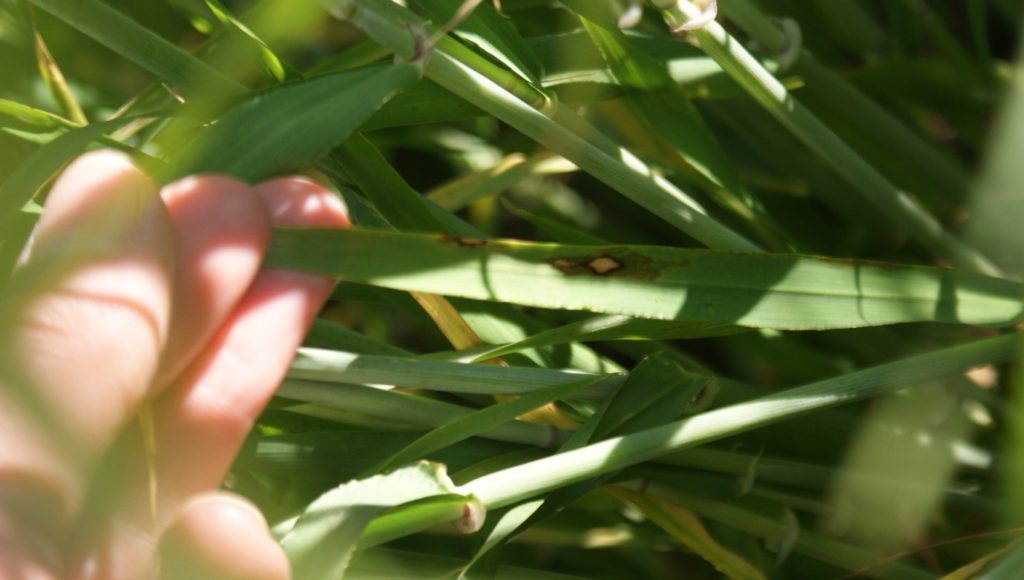Best foot forward for spring barleys
31 March 2021With wet, frozen soils and areas that have been under snow cover for weeks it is hard to imagine spring barley drilling starting any time soon and already there is talk of a late start to barley drilling. Of course field operations need to be practically spread but often later drilled crop in to better seed beds have match or exceeded those in earlier situations. Later drilled spring barleys often have the advantage of emerging and growing rapidly in warming soils and this also lessens the chance that foliar disease gets in early.
There are a few early disease risks to watch for this season. The SRUC crop clinic has seen more loose smut and net blotch in the last few seasons. This may relate to the fact the many of the seed treatments that previously managed the diseases have been removed. There are only one or two remaining treatments that manage these disease, while the majority target seedling blights and leaf stripe. This then indicates the importance of testing seed and selecting seed treatments based on the disease detected if you are home saving seed. If you buy in certified seed it is guaranteed to have low in these seed borne diseases. So a few simple measures around seed health and seed treatment can take out an early net blotch risk straight off. Net blotch is also suffering multiple resistance issues around azoles, SDHIs and strobilurins so that if used individually we see reduced efficacy. The better news is that when used in mixtures, as would be normal practice anyway, efficacy is good.
Early control (timed from mid tillering before the start of stem extension) of damaging diseases such as rhynchosporium can be crucial in some of the outclassed and weaker varieties of spring barleys but many of the current lead varieties have improved levels of rhynchosporium resistance – Laureate scores a 6 as does KWS Sassy for example. And with the development of more disease resistant varieties of spring barley we are in the happy position of being able to dial back some of the fungicide inputs on spring barley where other risks are low.
SRUC trials show that it is only the weaker varieties that tend to give a yield response to the T1 timed fungicides, over and above the standard T2 fungicides applied at booting / ear emergence, and then only in years and at sites where there was rainfall in the weeks around T1. Using more resistant varieties means there is a reduced risk that disease will establish early, especially if the weather is dry following T1.
Perhaps a later drilling option this year if we are forced that way by weather will not all be bad news, particularly if we can capitalise on the chance to reduce fungicide inputs. Spring barley grows rapidly so the gap between T1 and T2 can be short which also helps reduce the period where the crop is unprotected. When drilling early the gap to the T2 sprays at booting is slightly longer so there is sightly more risk that there will be a period of wet conditions and disease can nip in. But if we do start a later season this year and spring barleys go in to warming soils and grow away very rapidly then that early period is much shorter and the risk of disease lower. Think about whether your farm history of disease and the varieties you have drilled will let you reduce or take out the T1 fungicides, and factor in the weather at the time.
Ramularia is best dealt with at T2 and is drive by factors such as wet weather and stress – but a crop in a better seed bed with better roots will be less prone to early spots than a crop established in a poor seed bed with limited rooting.
Fiona Burnett, SRUC for the Farm Advisory Service
Sign up to the FAS newsletter
Receive updates on news, events and publications from Scotland’s Farm Advisory Service

